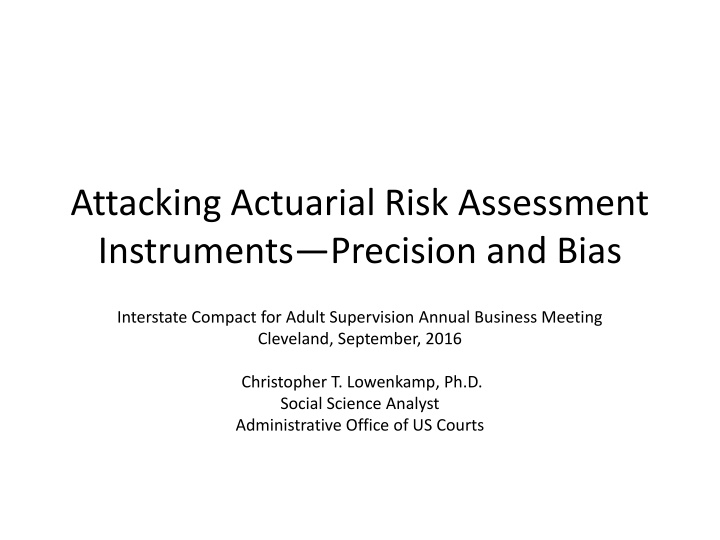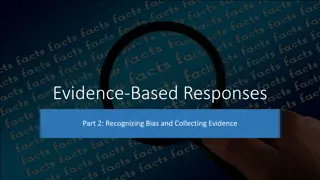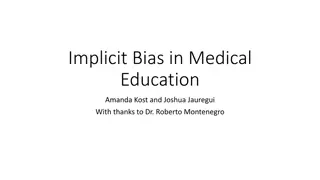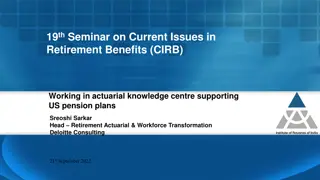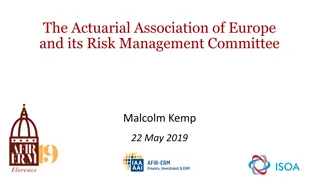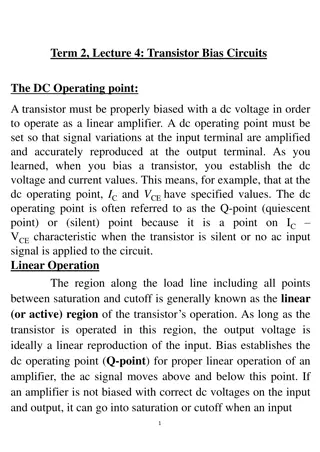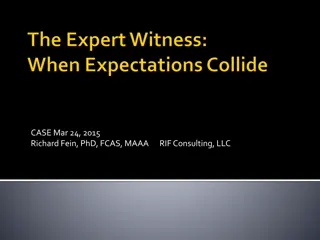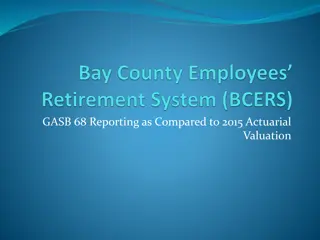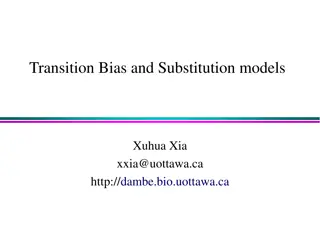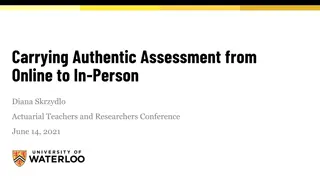Challenges in Actuarial Risk Assessment Precision and Bias
The discussion revolves around the precision and bias found in Actuarial Risk Assessment Instruments (ARAI), highlighting concerns about their effectiveness and ethical implications. Various perspectives are presented, pointing out flaws in the existing data and the wildly imprecise nature of individual risk predictions. The presentation underscores the need for caution when using ARAIs for estimating future violence risk.
Download Presentation

Please find below an Image/Link to download the presentation.
The content on the website is provided AS IS for your information and personal use only. It may not be sold, licensed, or shared on other websites without obtaining consent from the author.If you encounter any issues during the download, it is possible that the publisher has removed the file from their server.
You are allowed to download the files provided on this website for personal or commercial use, subject to the condition that they are used lawfully. All files are the property of their respective owners.
The content on the website is provided AS IS for your information and personal use only. It may not be sold, licensed, or shared on other websites without obtaining consent from the author.
E N D
Presentation Transcript
Attacking Actuarial Risk Assessment Instruments Precision and Bias Interstate Compact for Adult Supervision Annual Business Meeting Cleveland, September, 2016 Christopher T. Lowenkamp, Ph.D. Social Science Analyst Administrative Office of US Courts
Two Basic Concerns Lodged Actuarial Risk Assessment Instruments (ARAI) don t do what they are supposed to do Cooke & Hart Starr Harcourt (lesser extent) ARAIs do what they are supposed to do but they are biased Holder Starr ProPublica O Neil
But With many of the articles and books written the discussion is absent data The one article that contains data is seriously flawed and the authors failed made decisions that, from a research perspective, are unehtical
How Science Takes Stock The reward system of science greatly influences the potential for disagreement. - Hunt (1999:5)
The Wildly Imprecise Argument The ARAIs cannot be used to estimate an individual s risk for future violence with any reasonable degree of certainty and should be used with great caution or not at all. - Hart, Michie & Cooke (2007:60) I individual risk predictions show that they provide wildly imprecise - Starr (2014:803)
If You Want Someone More Qualified The relative weights to give such varied considerations are properly functions of social policy, not statistical inference. We conclude that while proponents and detractors of ARAIs may have cogent arguments to debate and for policymakers to weigh, [Cooke, Hart, and Michie s] specious statistical demonstrations are not among them. -Imrey & Dawid, 2014
The Bias Argument Punishment profiling will exacerbate these disparities including racial disparities because the risk assessments include many race- correlated variables. Profiling sends the toxic message that the state considers certain groups of people dangerous based on their identity. -Starr, 2014
The Bias Argument Sentencing decisions based on static factors and immutable characteristics, Holder said, may exacerbate unwarranted disparities that are already far too common in our criminal justice system and in our society. and unjust -Holder, 2014
The Bias Argument Machine Bias-There s software used across the country to predict future criminals. And it s biased against blacks. -Angwin, Larson, Mattu & Kirchner, 2016
How To Test For Testing Bias Degree of Prediction Form of Prediction Series of studies based on race, gender and ethnicity using the PCRA Replicated ProPublica results Study of race bias on LSI-R
Actual Re-arrest Rates by PCRA Score and Race
Actual Re-Arrest Rates by PCRA Category & Gender
Predicted Probabilities & Actual Re- arrest Rates by PCRA Score & Ethnicity .8 .6 .4 .2 0 0 5 10 15 RECODE of pcraTotal Predicted Hispanic Actual Hispanic Predicted Non Hispanic Actual Non Hispanic
Predicted Probability of Recidivism by LSI-R Score & Race
Actual Recidivism Rates by LSI-R Category & Race
Predicted Probability of Re-arrest By COMPAS Decile Score & Race
Predicted Probability of Re-arrest for Violent Offense by COMPAS Decile Score & Race
Actual Re-arrest Rate by COMPAS Risk Category & Race
Overall Tested for racial bias in risk assessment. Found no bias across: Three different risk assessment Multiple samples Federal, state, and local jurisdictions Tested for gender bias in risk assessment. Did find slope bias. This is easy to correct for. Tested for ethnicity bias in risk assessment. Found no bias.
Why Does It Matter? The conducting and reporting analysis are critical, since the ramifications of published data, accurate or misleading, may have consequences for years to come. validity and intellectual honesty of -Marco and Larkin, 2000, p. 692
